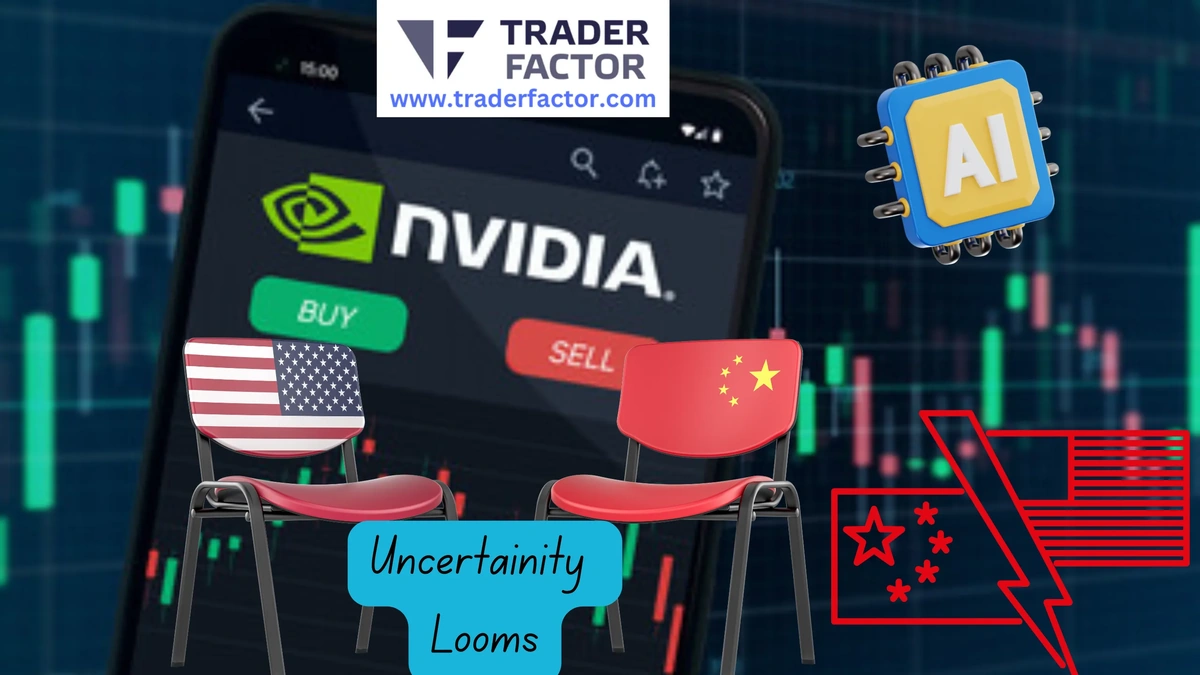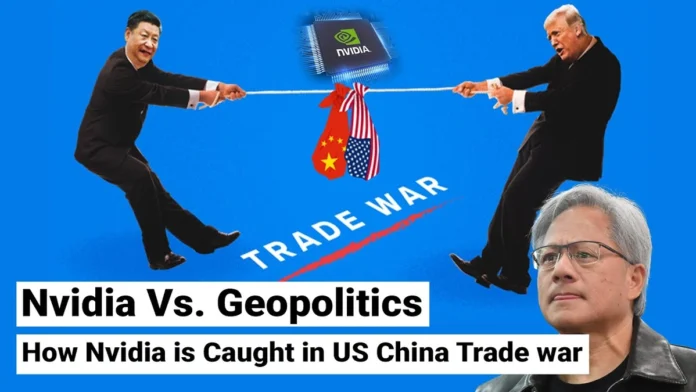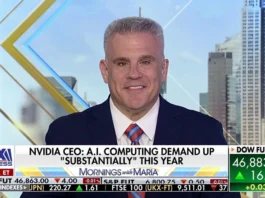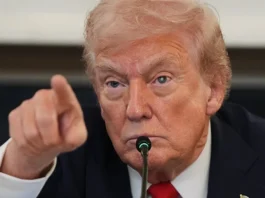Okay, let’s dive into something a little juicier than your average tech news. We’re talking about Nvidia , the undisputed king of AI chips, and how its success has inadvertently made it a pawn – or perhaps a queen – in the escalating US-China trade war . It’s not just about faster graphics; it’s about global power, technological supremacy, and the future of, well, pretty much everything. I initially thought this was just another trade story, but the more I dug, the more it became clear: this is a defining moment.
The Chip Giant’s Rise to Power

Nvidia’s AI dominance didn’t happen overnight. It was a slow burn, fueled by innovation and a laser focus on the future of computing. While others were still perfecting CPUs, Nvidia was quietly revolutionizing GPUs – graphics processing units. And here’s the thing: GPUs, it turns out, are amazing at the kind of parallel processing that AI algorithms crave. This gave them a massive head start in the AI race. Now, artificial intelligence is essential for advances in many sectors.
Think about it: self-driving cars, advanced medical diagnostics, and even the algorithms that decide what shows up in your social media feed – all powered by AI. And a significant chunk of that AI runs on Nvidia chips. So, naturally, everyone wants a piece of that pie, including China. Which brings us to the next, rather thorny, point.
Why China Needs Nvidia (and Why That’s a Problem)
China’s ambition to become a global leader in AI is no secret. The country is investing billions in AI research and development, aiming to surpass the US in technological prowess. But here’s the catch: you can’t build a world-class AI ecosystem without the best hardware, and for many applications, that means Nvidia GPUs . But, but, but… the US government, worried about China’s military advancements and the potential misuse of AI, has started tightening the screws. Export restrictions on advanced chips are becoming the new normal. This is where things get really interesting.
This is not only about limiting China’s access to cutting-edge tech but about controlling the flow of information and maintaining a strategic advantage. According to a report on the Council on Foreign Relations , the restrictions are impacting China’s AI development but are also hurting US companies.
The Impact of Export Controls on Nvidia
Let’s be honest, no company loves having its market access restricted, especially when that market is as massive as China. For Nvidia, these export controls represent a significant challenge. It’s not just about lost revenue; it’s about potentially ceding ground to competitors who might not be subject to the same restrictions. I initially thought Nvidia will be unaffected, but, I was wrong. And, this creates a ripple effect throughout the entire tech industry, forcing companies to re-evaluate their supply chains and market strategies.
But here’s something I find fascinating: Nvidia isn’t just sitting idly by. They’re adapting, innovating, and finding ways to navigate this complex landscape. From creating modified chips that comply with US regulations to exploring new markets and partnerships, Nvidia is proving its resilience.
One strategy is developing less powerful, but still capable, chips specifically designed to meet export regulations. This allows them to continue serving the Chinese market, albeit with limitations. Let’s not forget about other nations. Be sure to check Boeing’s Stock Plunge .
Navigating the Future | What’s Next for Nvidia and the US-China Tech Landscape?
So, what does the future hold? Well, that’s the million-dollar question, isn’t it? The US-China trade war is far from over, and the tech sector will likely remain a key battleground. Nvidia, caught in the crossfire, will need to continue its balancing act: innovating to stay ahead of the competition while also complying with increasingly complex regulations. This involves not only technological advancements but also strategic diplomacy and a deep understanding of the geopolitical landscape. This requires strategic competition between the countries to become better.
And here’s the thing – and this is crucial – this isn’t just about Nvidia. It’s about the future of the entire tech industry. The decisions made today will shape the global balance of power for decades to come. It’s a high-stakes game, and the players are only just beginning to make their moves.
The rise and fall of meme coinsand other investment news keeps everyone on their toes. The world keeps changing and you need to pay attention.
The Broader Implications for AI Development
The restrictions placed on chip exports to China are not only affecting Nvidia’s bottom line but also impacting the overall pace of AI development globally. While the US aims to maintain its lead in AI, limiting access to advanced hardware could potentially slow down innovation in China, creating a technological divide. This situation raises critical questions about the future of AI collaboration and the potential for a fragmented AI landscape, where different regions pursue separate and potentially incompatible AI strategies.
This also presents opportunities for other countries to step up and develop their own AI capabilities. As the US and China navigate their complex relationship, other nations may seek to establish themselves as alternative hubs for AI research and development. This is a long game, and the players are constantly changing.
FAQ Section
Frequently Asked Questions
What exactly are export controls, and how do they affect Nvidia?
Export controls are government regulations that restrict the sale or transfer of specific technologies to certain countries. In Nvidia’s case, the US government has imposed restrictions on the export of advanced AI chips to China, fearing they could be used for military purposes. This directly impacts Nvidia’s revenue and market access in China.
Is Nvidia the only company affected by these trade tensions?
No, Nvidia is just one of many tech companies caught in the crossfire of the US-China trade war. Other companies that produce semiconductors, software, and other tech products are also facing similar restrictions and challenges.
Can China develop its own advanced AI chips to overcome these restrictions?
China is investing heavily in developing its domestic semiconductor industry, but it still lags behind the US and other countries in terms of technological capabilities. While China may eventually be able to produce its own advanced AI chips, it will take time and significant investment.
What are the potential long-term consequences of this tech war?
The long-term consequences could be far-reaching, including a slowdown in global AI development, a fragmented tech landscape, and increased geopolitical tensions. It could also lead to the emergence of new technology hubs and alternative supply chains.
How is Nvidia adapting to these challenges?
Nvidia is adapting by developing modified chips that comply with US regulations, exploring new markets and partnerships, and investing in research and development to maintain its technological edge.
So, here’s my final thought: the Nvidia story is a microcosm of a much larger global power struggle. It’s about technology, it’s about economics, and it’s about the future. Keep an eye on this one – it’s going to be a wild ride.




